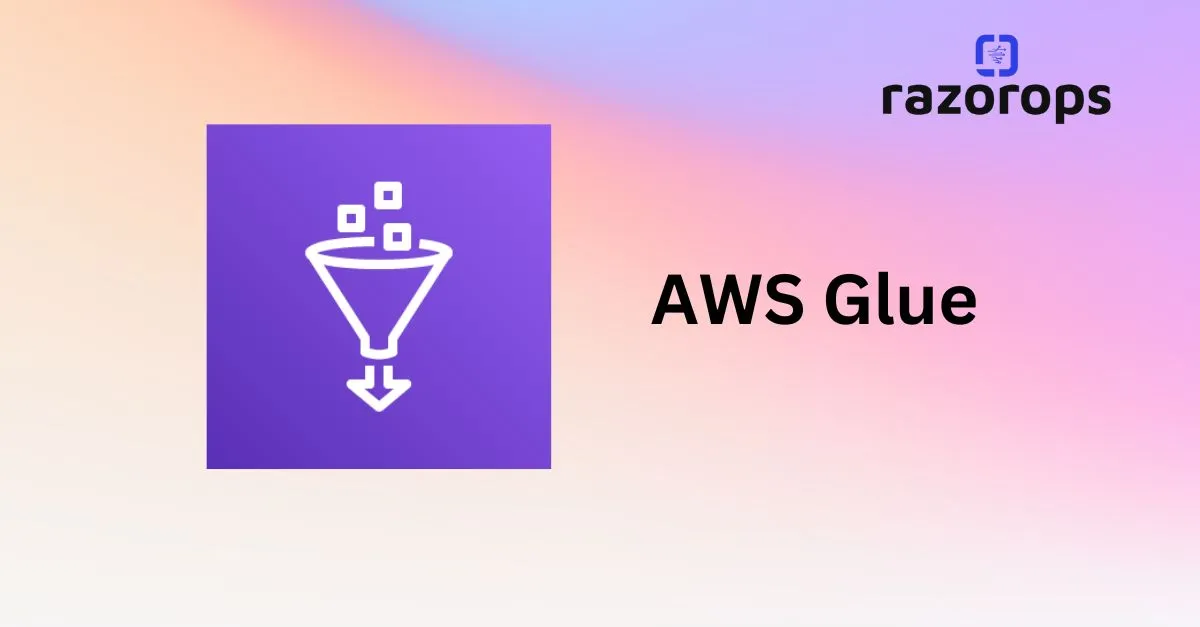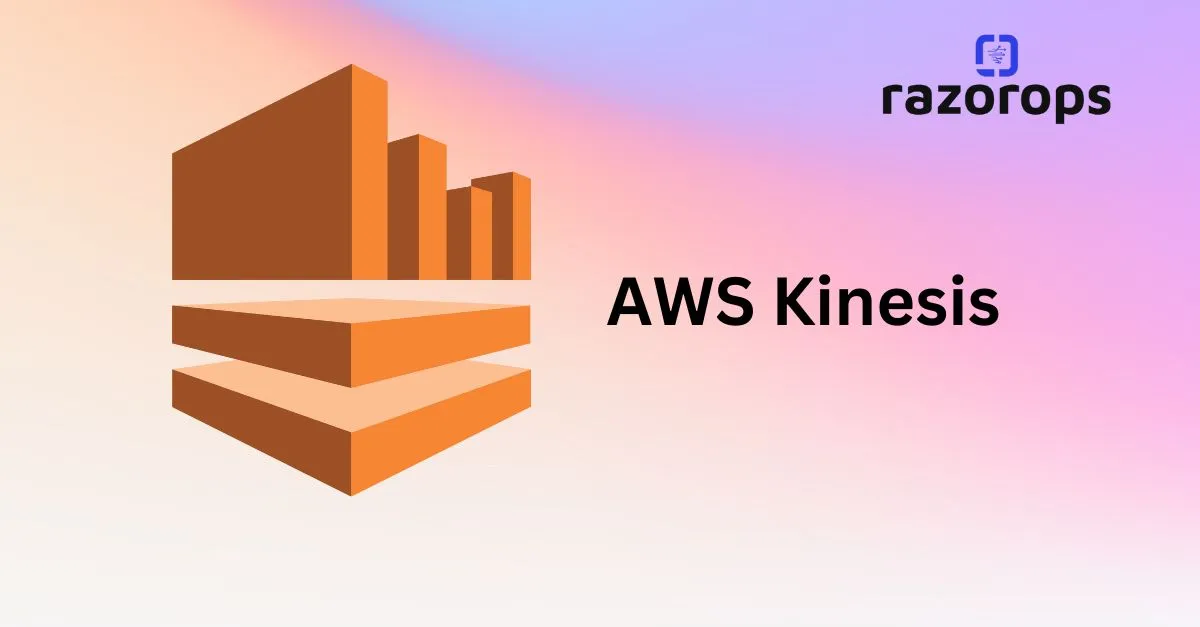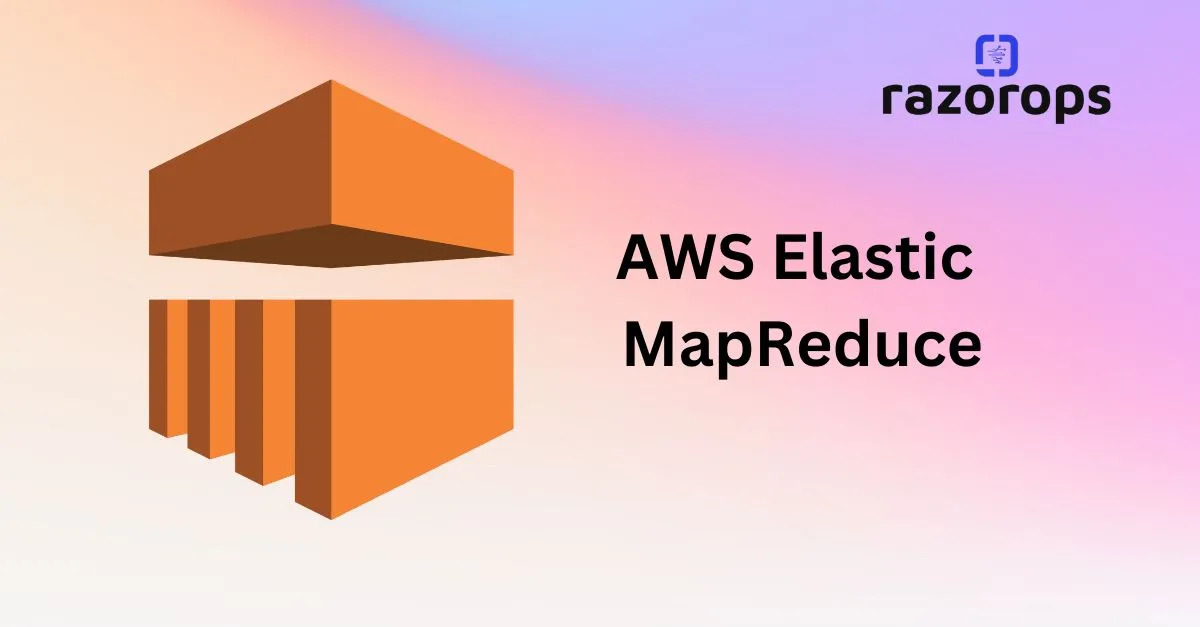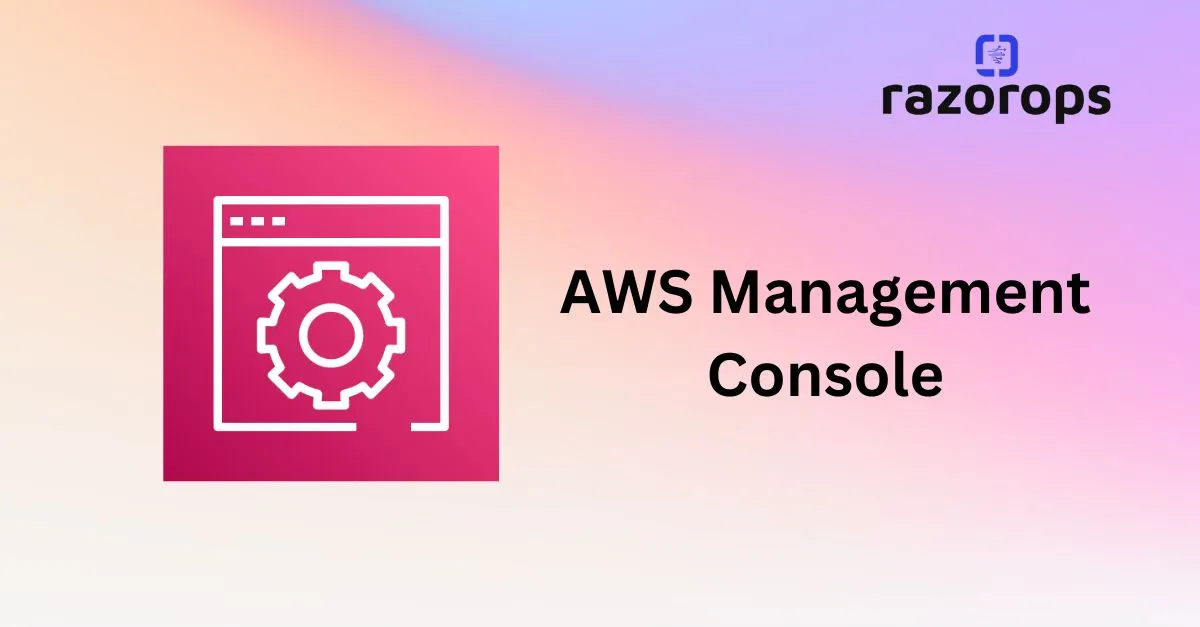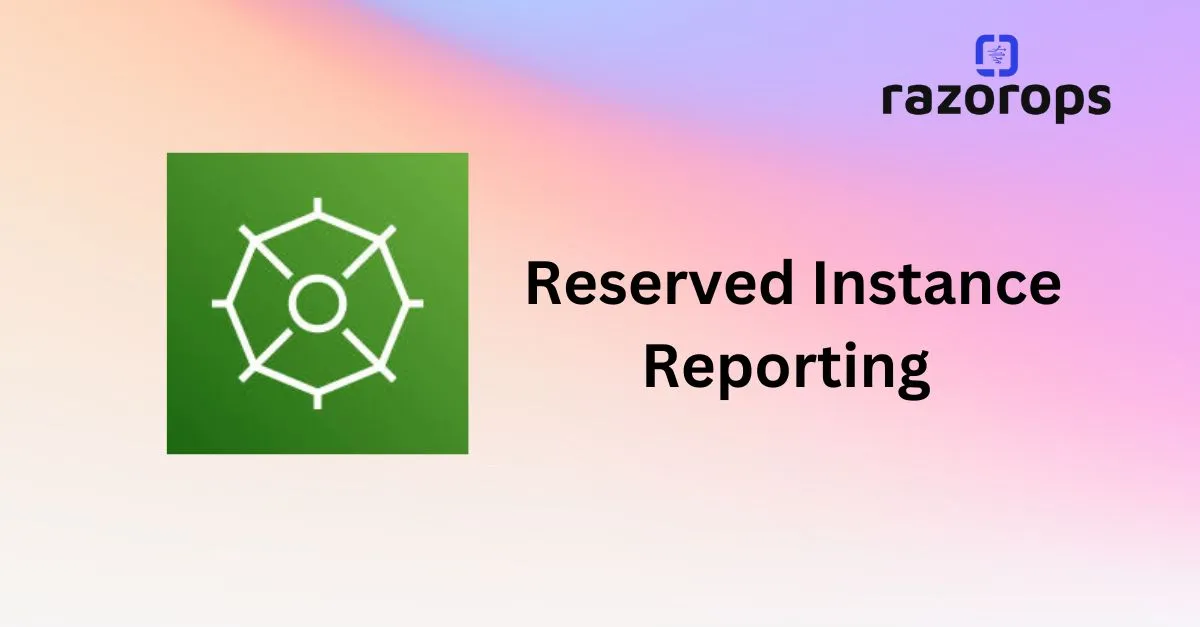Amazon S3
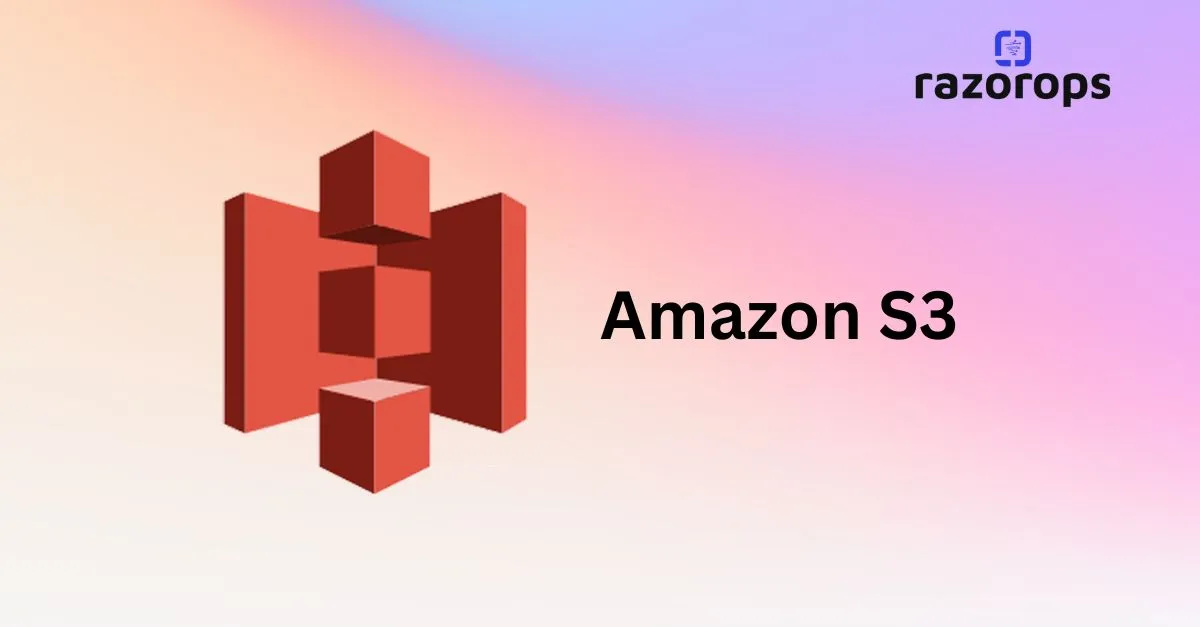
What is Amazon S3?
S3 stands for Simple Storage Service.
Amazon S3 is object storage that allows us to store any kind of data in the bucket.
It provides availability in multiple AZs, durability, security, and performance at a very low cost.
Any type of customer can use it to store and protect any amount of data for use cases, like static and dynamic websites, data analytics, and backup.
Basics of S3?
● It is object-based storage.
● Files are stored in Buckets.
● The bucket is a kind of folder.
● Folders can be from 0 to 5 TB.
● S3 bucket names must be unique globally.
● When you upload a file in S3, you will receive an HTTP 200 code if the upload was successful.
● S3 offers Strong consistency for PUTs of new objects, overwrites or delete of current object and List operations.
● By Default, all the Objects in the bucket are private.
Properties of Amazon S3.
● Versioning: This allows you to keep multiple versions of Objects in the same bucket.
● Static Website Hosting: S3 can be used to host a Static Website, which does not require any server-side Technology.
● Encryption: Encrypt Object at rest with Amazon S3 Managed keys (SSE-S3), or Amazon KMS Managed Keys (SS3-KMS).
● Objects Lock: Block Version deletion of the object for a defined period.
Object lock can be enabled during the bucket creation only.
● Transfer Acceleration: Transfer Acceleration takes advantage of Amazon CloudFront’s globally distributed edge locations and enables the fast, easy, and secure transfer of files.
Permissions & Management.
● Access Control List: ACLs used to grant read/write permission to another AWS Account.
● Bucket Policy: It uses JSON based access policy advance permission to your S3 Resources.
● CORS: CORS stands for Cross-Origin Resource Sharing. It allows cross-origin access to your S3 Resources.
Charges:
You will be charged based on multiple factors:
● Storage
● Requests
● Storage Management Pricing (Life Cycle Policies)
● Transfer Acceleration
● Data Transfer Pricing
Miscellaneous Topic
● Access Point: By creating Access Point, you can make S3 accessible over the internet.
● Life Cycle: By Configuring Lifecycle, you can make a transition of objects to different storage classes.
● Replication: This feature will allow you to replicate data between buckets within the same or different region.
Storage Class/Pricing model of S3
● S3 Standard
● S3 Standard-IA (Infrequent Access)
● S3 Intelligent Tiering (No need to mentioned Life Cycle Policy)
● S3 One Zone-IA (Kept in a Single Zone)
● S3 Glacier (For Archiving Purpose)
● S3 Glacier Deep Archive (For Archiving Purpose)

